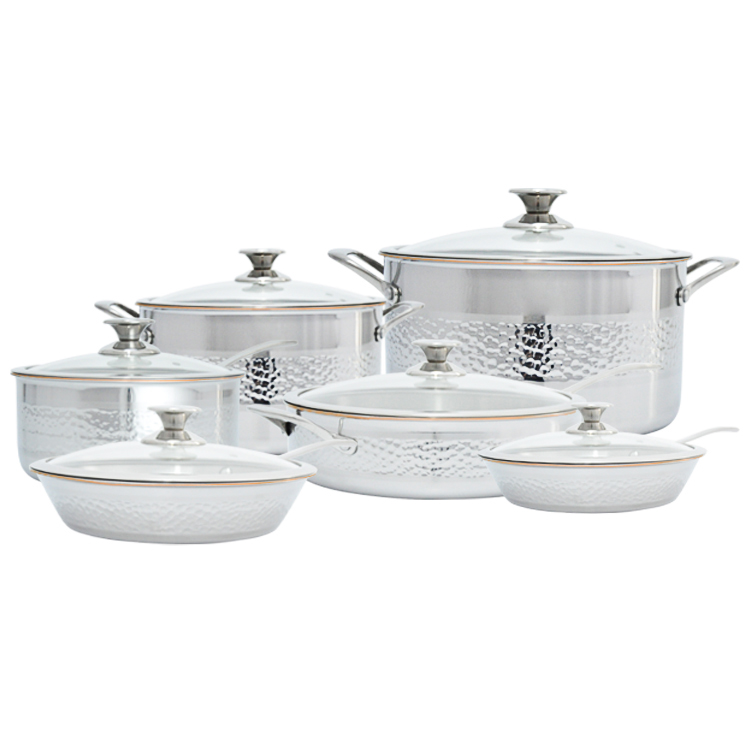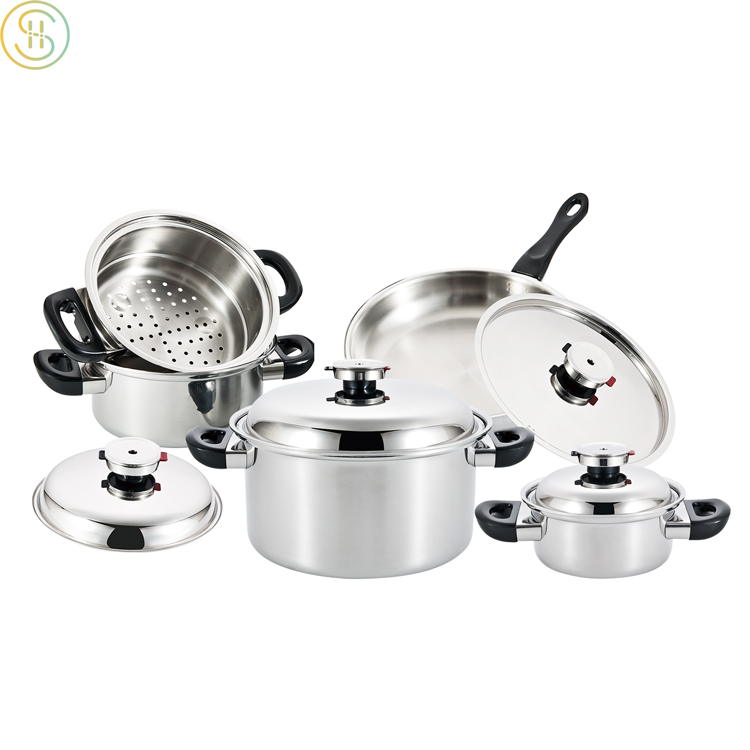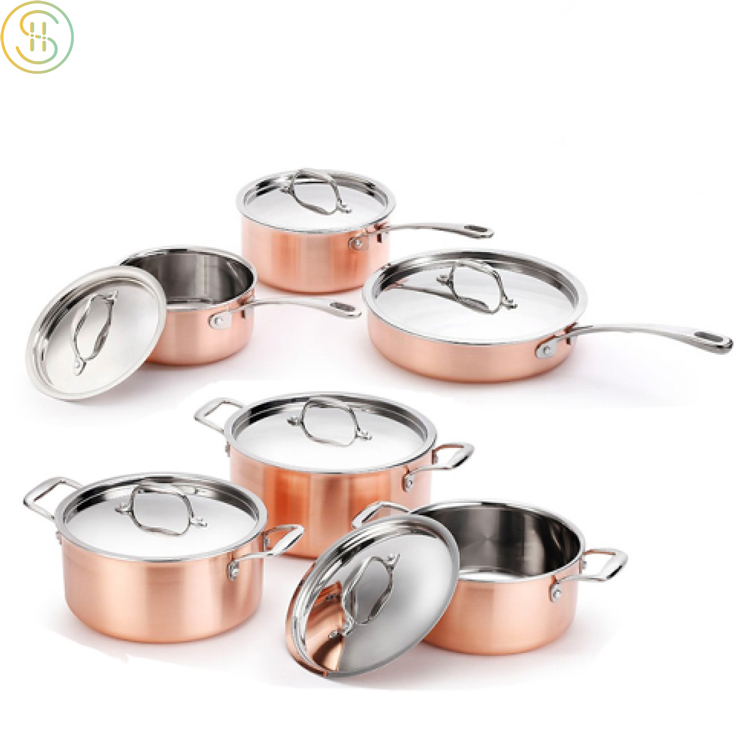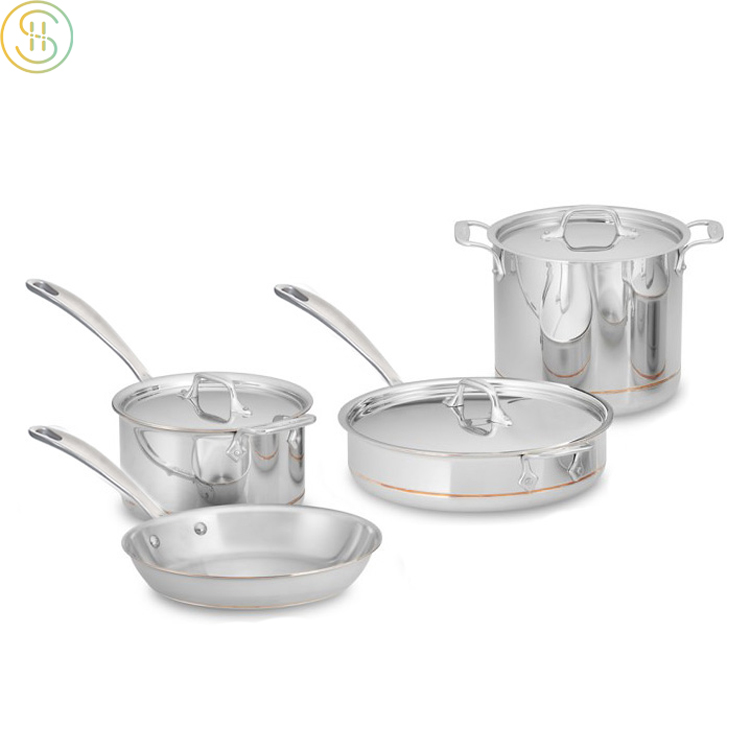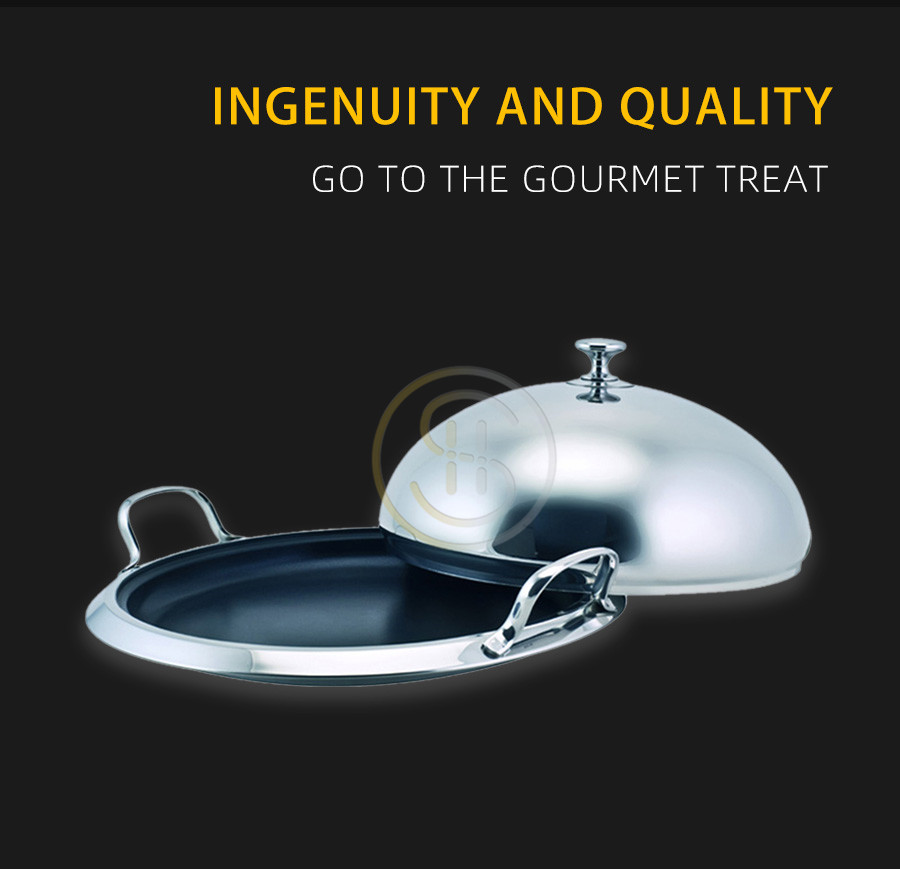
Science has ranked the best cookware
What should you choose: ceramic, nonstick, cast iron or nonstick? Here are some tips to help you pick the right pots or pans.
It's easy to forget about the things in your pans and pots when you are living in an apocalyptic world that doesn't seem to end. Now is a good time to check out what's in your kitchen so you can cook safely.
Recent months have seen a tremendous return to the home-cooked meal. A survey of 1000 people was conducted by the International Food Information Council. Half of those surveyed said that they are more likely to prepare a meal from scratch now than at the start of the pandemic. Thirty percent of those surveyed said they have tried new recipes.
Consumers want cookware that can do the job and is safe from harmful chemicals. What does it mean for consumers to compare the various options available in stores? How do they stack up in terms health, environment impact, durability and ease-of-use?
Traditional Nonstick
Nonstick is the type of cooking surface most likely to raise alarm bells in the minds of consumers. This type of coating, also known as Teflon commercially, covers metal pans with a tough synthetic resin to create slippery surfaces. Its chemical name is polytetrafluoroethylene, or PTFE. It was traditionally made using PFOAs (or perfluorooctanoic chemicals). PFOAs belong to a group of chemicals that are still persistent and have been linked to health problems such as thyroid problems, hormone disruption, and issues with the immune system. FDA worked with companies in order to end the use of PFOAs, and similar chemicals, in food-contact applications by 2016. The FDA worked with companies to eliminate PFOAs and similar chemicals in food-contact applications by 2016.
Cast Iron
Perhaps it's time to pay closer attention to your friend who keeps on talking about seasoning her cast-iron skillet. Cast iron cookware can be a great choice for your kitchen. It is durable and long-lasting. Cast iron cookware weighs in at a hefty - which might make it difficult to resist. Cast iron is lighter than aluminum and can retain heat for longer periods of time due to its density.
Carbon Steel, Stainless Steel
Steel cookware is a popular choice because it's durable and can store heat energy better than any other metals. While carbon steel is simply steel, stainless steel often has additional materials like nickel, chromium, or copper.
Aluminum and Anodized Aluminium
Aluminum could be used in a whole pan or mixed with other materials. It can also form a layer inside the pan. It retains heat better than iron and steel, which are more dense. This means it can cool down quickly. However, it conducts heat very well and is a popular addition for pans made with other metallics. Aluminum pans are often used by chefs at restaurants because they can retain more heat than your typical kitchen stove.
Copper
Pro chefs prefer copper because of its superior conductivity. This means that it heats up quickly, evenly, and is highly valued by them. Copper should never be in direct contact with food. It can react with acidic foods like wine, fruit juice, vinegar, or vinegar, and cause food to become contaminated.

